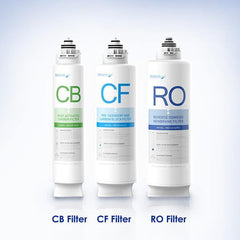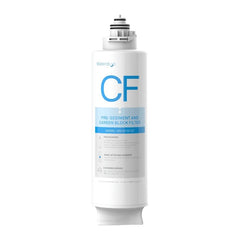
CLEAN, FILTERED DRINKING WATER
Reverse Osmosis (RO) Filtration Systems
If you want to take your clean, drinking water filtration to the next level, reverse osmosis technology is about the best you can get. With multiple filtration stages coupled with a specialized reverse osmosis filter design, you get cleaner, more pure drinking water.

BRAND COMPARISON
2020 Reverse Osmosis Top Brands
How Do Top RO Filter Systems Compare?
The benefits, convenience and return on investment for a quality home RO systems is simply just smart.
There are a lot of options to purify your drinking water, or buy expensive water bottles.
How do you choose what's best for you and your family?
Check out the updated 2020 City Reverse Osmosis Water Filtration Systems Comparison Report:
Customers' Favorite
The SoftPro® Green RO System



- New High-Efficiency Design
- Filter 96% of All Contaminants &Toxins
- Eliminate Harmful Acidic Water with the Advanced Alkalizing Filter
- Chemical-Free Operation
- 300% to 400% Better Efficiency Than Other RO Systems
- Quality 5-Stage Filtration Process
What are the environmental benefits of using (RO) reverse osmosis system over other methods?
Reverse osmosis (RO) systems offer several notable environmental benefits compared to other water purification methods, making them a sustainable choice for both residential and industrial applications. One of the most significant advantages is their ability to reduce single-use plastic waste. By providing clean, purified water directly at home or in offices, RO systems minimize reliance on bottled water, which helps decrease plastic production, consumption, and pollution. This shift contributes to reducing the environmental burden caused by plastic waste.
Another key benefit is the energy efficiency of reverse osmosis systems. Compared to energy-intensive methods like distillation, RO systems consume less power, resulting in a lower carbon footprint. Advances in membrane technology and the use of energy-efficient pumps further enhance their sustainability by reducing electricity usage. Additionally, the carbon emissions associated with bottled water production, transportation, and recycling are avoided when using RO systems.
Reverse osmosis also plays a vital role in conserving natural resources.
By purifying water from various sources such as tap water, well water, or even seawater, RO systems reduce the dependence on freshwater reserves. This is especially crucial in regions facing water scarcity or contamination issues. Furthermore, they can treat industrial wastewater for reuse, minimizing the need for fresh water and reducing the environmental impact of industrial processes.
Modern RO systems are designed to minimize waste and improve efficiency. Multi-stage membrane configurations and optimized designs have increased water recovery rates while reducing wastewater generation.
Additionally, many RO system components are recyclable, and their durability ensures fewer replacements over time, reducing overall waste.
Filter TDS impurities
get ideal drinking water

Your standard, tap water contains numerous TDS, which contain an assortment of non-water solids.
Most homes have 100's of TDS lurking in their drinking water.
What are Total Dissolved Solids?
- Inorganic salts, calcium, potassium, magnesium and other minerals & cations.
- Metals, nitrates, chlorides, sulfates, carbonates
- Contaminants, Impurities & Toxins
Sources of Dissolved Solids Include:
- Natural - rivers, lakes
- Storm Water Runoff
- Agriculture Runoff
- Sewage
- Urban Runoff
- Plumbing/ Pipe Residue
- Industrial Waste
- Chemical Treatment
- Road Water Runoff/ Deicing Salt, Etc.
Best TDS FILTeration Technology
Safe, Healthy Drinking Water

A quality reverse osmosis (RO) filtration system will provide the ideal drinking water for you and your family.
0 to 50 PPM TDS is Ideal Drinking Water.
PRODUCT & TECHNICAL SUPPORT
Real Experts That You Can Count On


Steer clear of the guessing game.
You are investing your hard earned money into a solution to provide quality water for your family.
We cut through the clutter for you to make the right decisions.
Unlike the big box stores…
Our team of experts recommend the best solutions that’s available in the entire marketplace.
Our water treatment consultants help you before AND after your purchase.
Our customers are like family.
WATER Analysis Report
Size Does Matter - Check Your Water & Options


- Get Your Free, Instant Water Report
- Custom Sizing Recommendations
- Get quality recommendations to match your specific needs
ANALYSIS REPORT
WHY BUY FROM US
Real Experts. Real Value.



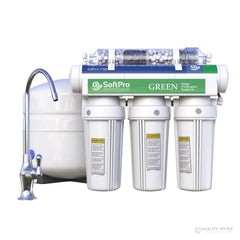
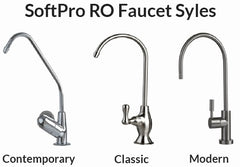
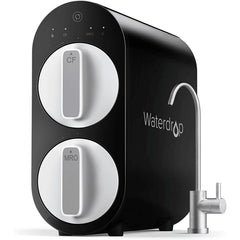
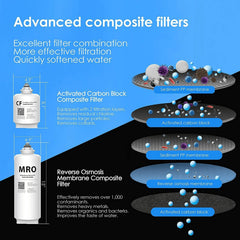
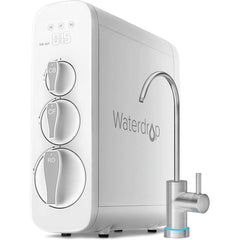
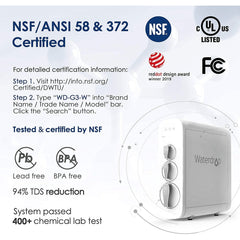
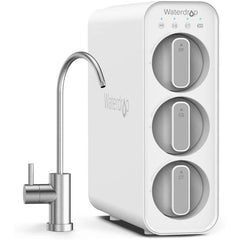
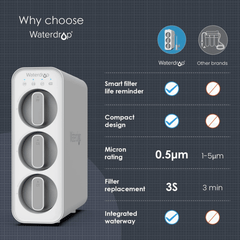
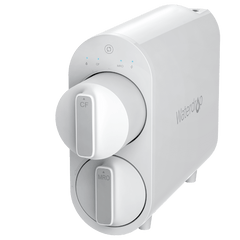
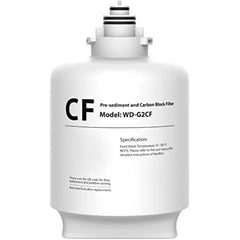
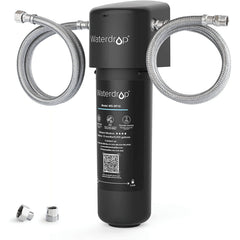
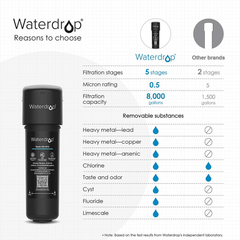
![Reverse Osmosis (RO) Replacement Filters [SoftPro] - Quality Water Treatment](http://qualitywatertreatment.com/cdn/shop/products/reverse-osmosis-ro-replacement-filters-softpro-462008_medium.jpg)
![Reverse Osmosis (RO) Replacement Filters [SoftPro]](http://qualitywatertreatment.com/cdn/shop/products/reverse-osmosis-ro-replacement-filters-softpro-712970_medium.jpg)
